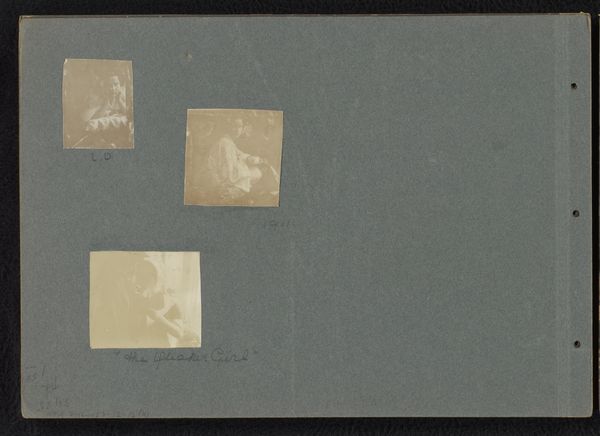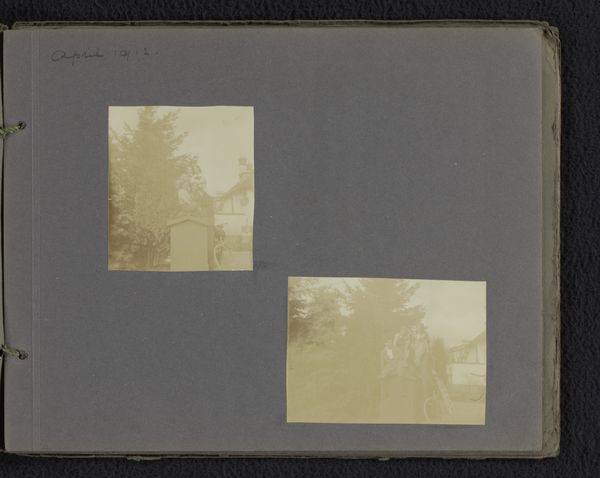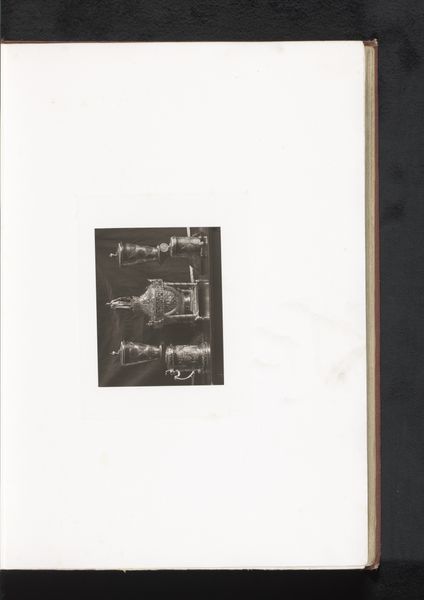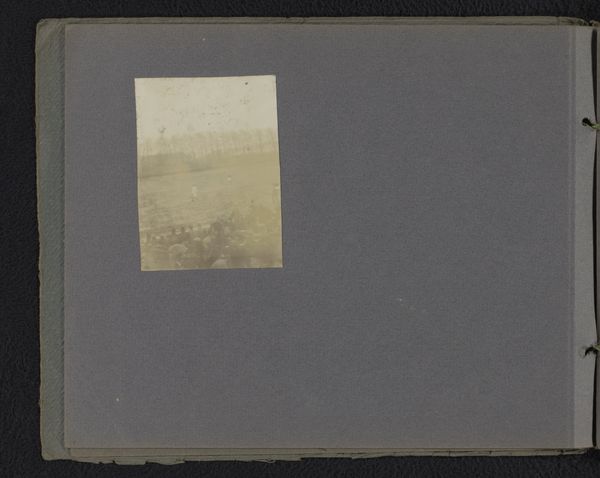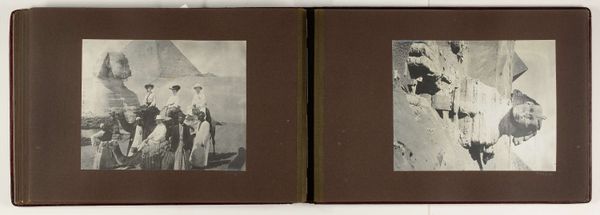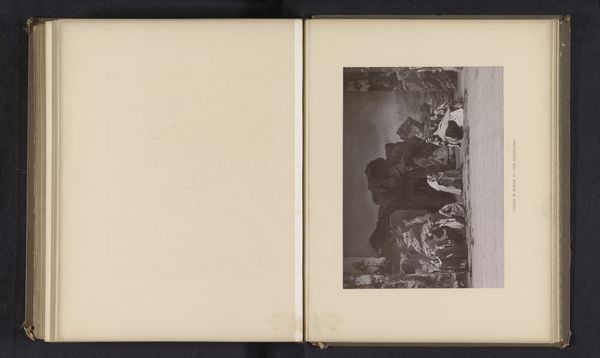
Microscoopopname van het gehoororgaan van een mens met het labyrint zichtbaar before 1895
0:00
0:00
print, daguerreotype, photography
#
still-life-photography
# print
#
daguerreotype
#
photography
#
academic-art
#
realism
Dimensions: height 88 mm, width 178 mm
Copyright: Rijks Museum: Open Domain
Curator: This is a fascinating piece. Entitled "Microscoopopname van het gehoororgaan van een mens met het labyrint zichtbaar"—or in English, a Microscopic image of the human auditory organ with the labyrinth visible—it’s a daguerreotype photograph dating from before 1895, attributed to Gustav Fritsch. Editor: My initial reaction is that it’s ghostly and strangely beautiful. The monochromatic tones and the intense detail evoke a sense of mystery, like peering into the unknown. It reminds me a bit of early Surrealist photography in its otherworldly quality, even though that predates that movement. Curator: The image is an early example of scientific photography. Given the daguerreotype process and Fritsch’s background, we know it was meticulously produced to make visible the intricate structure of the inner ear. This connects deeply to the tradition of anatomical illustration, reflecting a period obsessed with documenting and categorizing the natural world, but through the lens of emerging technology. Editor: It makes you wonder about the cultural perception of the body and knowledge at the time. Photography granted an unprecedented level of access, influencing the relationship between science and the public eye. But also what drove scientists such as Fritsch to record this new realm of visual exploration? Curator: Definitely. The microscopic details transform the inner ear, with its labyrinthine structures, into a landscape ripe with symbolism. Hearing itself is linked with memory, with language and communication and access to information, suggesting broader psychological resonances within the culture of that time. How we are able to interpret and record information through what we hear, a technology of sorts! Editor: Right, and photographs like this one became crucial instruments. This artwork blurs lines between clinical observation, technological achievement, and perhaps unintentionally, visual poetry. Curator: Yes, reflecting that very moment where science was not just a field but a visual language. It’s an extraordinary thing to consider what this revealed in its time and to look at how far science and medicine have progressed since this image. Editor: Indeed, a very compelling confluence of art, science and early technologies offering fresh interpretations and understandings of how we perceive the world.
Comments
No comments
Be the first to comment and join the conversation on the ultimate creative platform.








